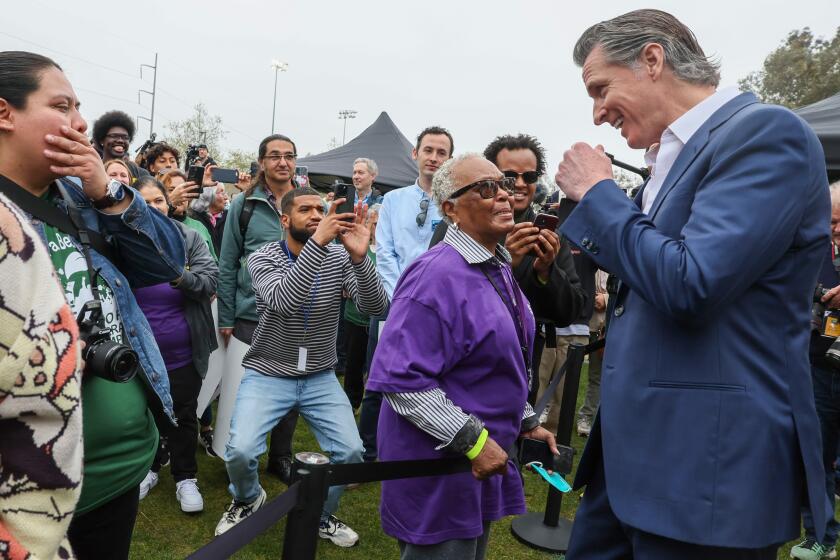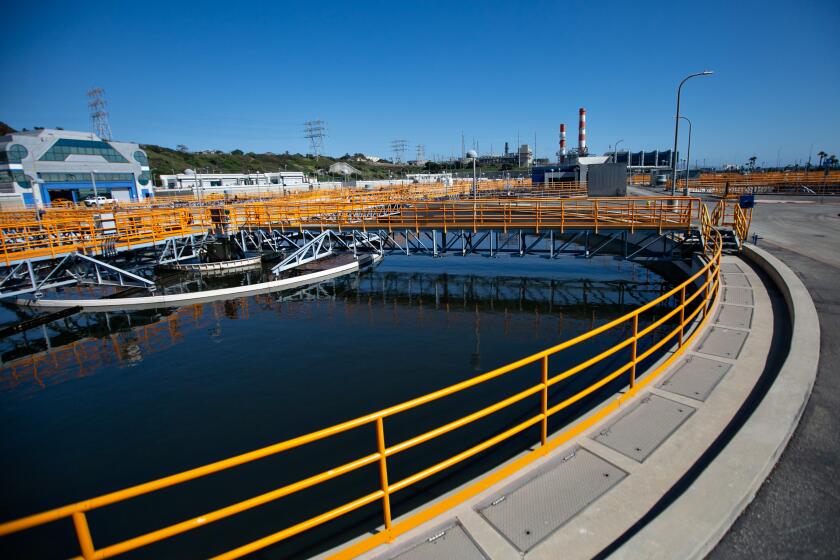This Is No Way to Run a Railroad, or Even a California Recall
Everyone talks about running government like a business. With that in mind, consider what county election officials will face as they prepare for the Oct. 7 recall election.
In Los Angeles County alone, and with less than two months to prepare, election officials are facing several important choices. Should they, for example, try to open 5,000 voting precincts or should they consolidate and run 1,800 larger precincts?
The numbers just roll off your tongue, but think about them for a minute: Five thousand is roughly equal to the number of Staples, Barnes & Noble, Borders, Target and Safeway locations in the United States.
If they consolidate and open just 1,800 precincts, Los Angeles County will have 500 more voting precincts than there are Holiday Inn and Holiday Inn Express locations worldwide.
Plus, local election offices have to procure poll sites; it isn’t as though they own any. And many places are reluctant to be poll sites. In fact, many of the places that have traditionally served this purpose -- schools and churches -- are unwilling to do so today. School principals are not pleased about having hundreds of strangers hanging out on school grounds on a school day.
With, on average, five people staffing each poll site, a 5,000-precinct election means that the county registrar’s office must hire and train 25,000 people. On election day, this number of poll workers makes the registrar the 19th-largest employer in the county. The registrar’s office also must print the ballots and voter guides that provide information about each of the certified candidates -- likely to total well over 100. In Los Angeles County, each of these items must be printed in seven languages.
On election day, voters will wade through a multi-page listing of candidates, with the names rotating position on the ballot, based on Assembly districts. Confusion at the polls is likely to be tremendous as voters try to find their candidate and cast their ballot.
One way to make the election easier to administer would be for the state to empower counties to run the election as a vote-by-mail election. For about 20% of Californians, every election is already a vote-by-mail election; these voters only vote absentee. Having everyone do this would mean election officials needn’t find poll sites or workers and would substantially lower the cost of the election.
Sending an absentee ballot to every voter would also allow voters to cast their ballots more accurately. A study by Michael Alvarez at Caltech has found that, in California, absentee ballots are less likely to have chad problems or be mismarked and more likely to be counted than are votes cast at the ballot box.
Oregon currently uses vote-by-mail for all elections, and studies show that this system increases turnout among voters and enfranchises voters who often have the hardest times getting to the polls, like working parents who have to figure out how to fit voting into their crowded day.
When you go to vote on election day, ask yourself this: What business person in his right mind would even try to open 1,800 locations and hire 9,000 workers in less than two months?
More to Read
Get the L.A. Times Politics newsletter
Deeply reported insights into legislation, politics and policy from Sacramento, Washington and beyond. In your inbox three times per week.
You may occasionally receive promotional content from the Los Angeles Times.






